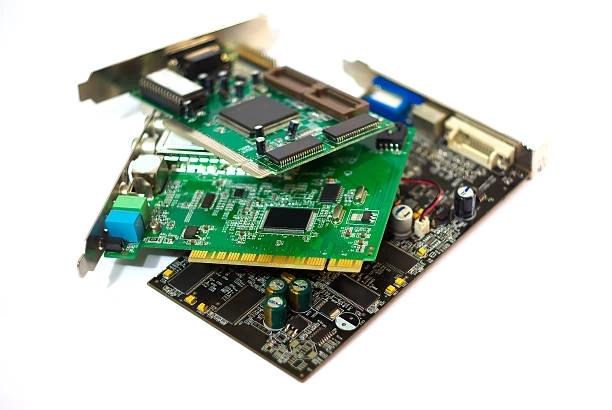Many of the new generation motherboards already incorporate a 10GbE or 5GbE speed RJ45 port. This entails an additional cost in terms of controllers and motherboard bandwidth, but does it bring us any advantage to users? Is it a worthwhile feature? Let's see it.
The bandwidth of network devices is increasing, and if a few years ago the most widespread were 10/100 network cards, now Gigabit cards (which are 10/100/1000) are the standard in all PC motherboards. However, although in 2016 we could already see some motherboard models with 10 GbE network cards without much success, manufacturers are now beginning to incorporate these extremely fast network connection ports.
In the enterprise environment, 10 GbE ( 10GBase-T ) is something that has been used for many years for environments that are accessed by many users simultaneously, such as file servers or simply companies with many users. However, we are now starting to see this technology in home computers, and its implementation comes at a cost in terms of development, better network cards to support it, upgraded cabling, and having to dedicate motherboard bandwidth. to these devices. Is this something worthwhile?
Your entire home environment should be 10GbE
Having 10 GbE connections can be great, but for us to take advantage of it, our entire home environment and not just the PC should have this type of connection. In other words, we would need the company's router to have 10 GbE ports to start with and not just Gigabit, as all current carrier routers have, or we would have to invest in a router that had this type of connection.
In addition, this would be to connect to the Internet, but with current connections that the fastest barely reach 1000 Mbps, it would still not be worth it. Now, if we have several computers with this connection in our home, and we buy a switch or a NAS that also has it, our home LAN would be much faster than if it were simply Gigabit.
The problem is that it would only be from the inside, our Internet connection would not improve at all and, in addition, we would have to invest quite substantial money to be able to have this infrastructure. For example, just for the switch, we would have to resort to professional models whose price is usually quite high, above 500 euros.
Conclusion
Today it is too early to establish 10GbE and even 5GbE in the home environment. The cost is too high, it is very little or almost no compatibility with other devices, and we would also incur other collateral damage such as the aforementioned total bandwidth of the motherboard.
It is something that will finally end up arriving, in the same way, that Gigabit connections arrived at the time, but right now we are only at the beginning of this implementation and we will still have to wait several years to be able to enjoy this type of ultra-fast connections. standardized way.
What we want to say is that obviously, these network cards provide clear advantages in terms of bandwidth and speed, but given their limited presence in the market, today they are not a viable solution. Over time it will come, but right now it is not worth investing in hardware with this type of connectivity because it would be almost throwing money away.


